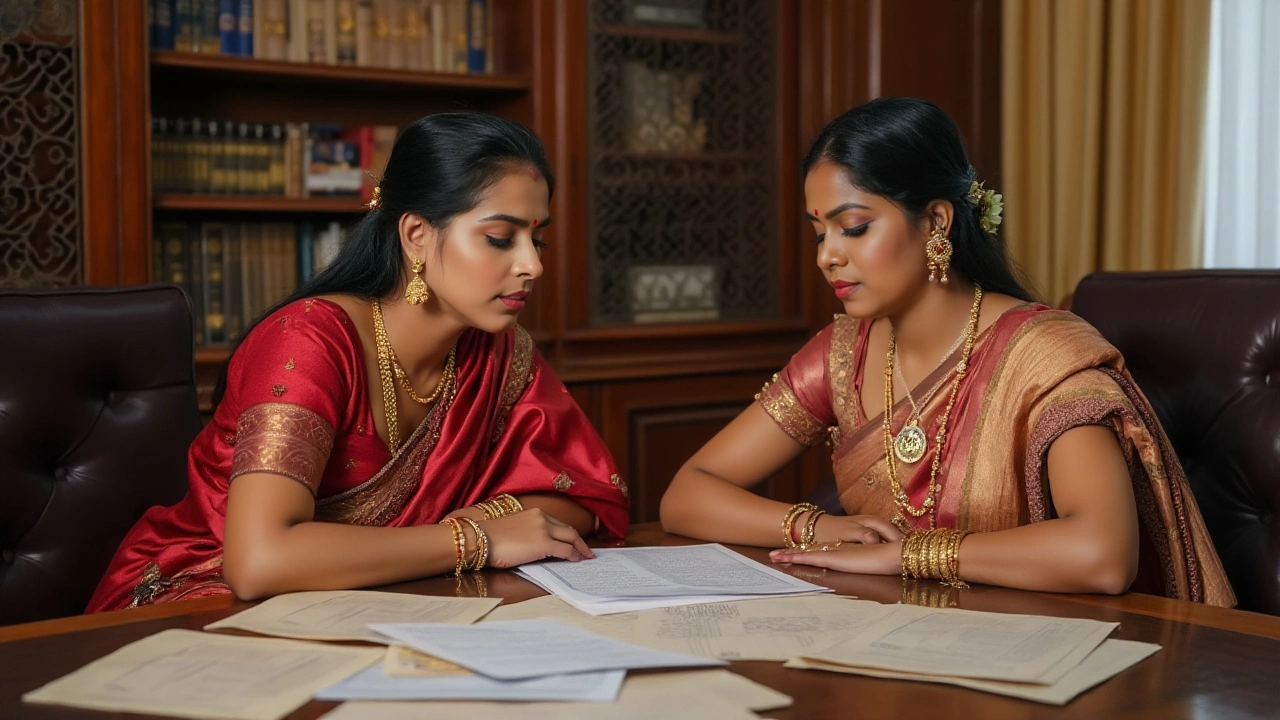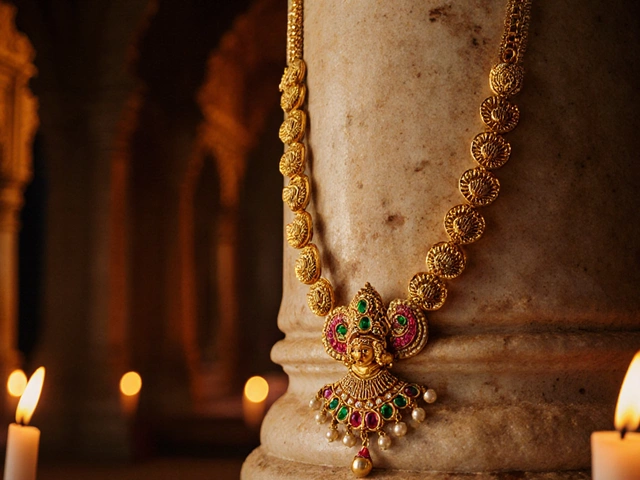Husband's Estate: Practical Steps for Handling Inherited Jewelry
When a husband passes away, the jewelry he owned often becomes one of the most valuable items in the estate. It can be sentimental, pricey, or both, and knowing how to sort, verify, and value each piece saves time and money.
Start with a Quick Inventory
Grab a notebook or use your phone and list every item you find – rings, necklaces, bangles, even small pendants. Note down any markings you see, like "875" or "833". Those stamps are the first clues about what metal you’re dealing with.
For gold, "875" means 21 K gold (or 87.5% purity). This is a common hallmark in India and tells you the piece is solid gold, not just plated. If you see "833", you’re looking at a silver item that’s 83.3% pure – the Indian equivalent of sterling silver.
Test for Authenticity
Before you think about selling, run a few simple tests. A magnet won’t stick to real gold or silver, but it will attract most base‑metal alloys. Weigh the piece – solid gold feels heavier than a similarly sized fake. Look for consistent hallmarks and check the design against known patterns; cheap jewelry often has uneven engraving.
If you’re unsure, a quick visit to a reputable jeweller can confirm the metal and give you a purity report. This is especially useful for items marked "875" because the value of 21 K gold is higher than 22 K (which is 917 purity) in many cases.
Estimate the Value
Gold and silver prices change daily, so use the current market rate for the metal’s purity. Multiply the weight (in grams) by the price per gram and adjust for the 87.5% or 83.3% purity. For diamonds or colored stones, get a professional appraisal – a rough glance won’t cut it.
Some pieces, like vintage Mangalsutras or black‑beaded bangles, also carry cultural value. Even if the metal isn’t the highest grade, the design can boost resale price. Look up recent sales of similar styles to gauge the market.
Decide What to Keep or Sell
If a piece holds sentimental value, you might keep it regardless of its market price. Otherwise, compare the estimated value with the cost of a safe storage option. For high‑value items, a secure lockbox or bank safe deposit is worth the expense.
When you’re ready to sell, choose a trustworthy platform. Reputable jewellers, auction houses, or certified online dealers will offer fair prices and transparent transactions. Avoid cash‑only deals that sound too good to be true.By following these steps – inventory, verify hallmarks, test authenticity, estimate value, and choose the right sale channel – you can handle a husband’s estate jewelry with confidence and get the best return.
Understanding Inheritance for Second Wives and Mangalsutra Designs
In the realm of inheritance, understanding what the second wife is entitled to when her husband passes away is crucial. Many factors play a role, including local laws, cultural practices, and the presence of wills or prenuptial agreements. Additionally, mangalsutra designs hold cultural significance and can symbolize the marital status and heritage for the second wife. This article explores both the legal aspects of inheritance for second wives and the cultural importance of mangalsutra designs in this context.





